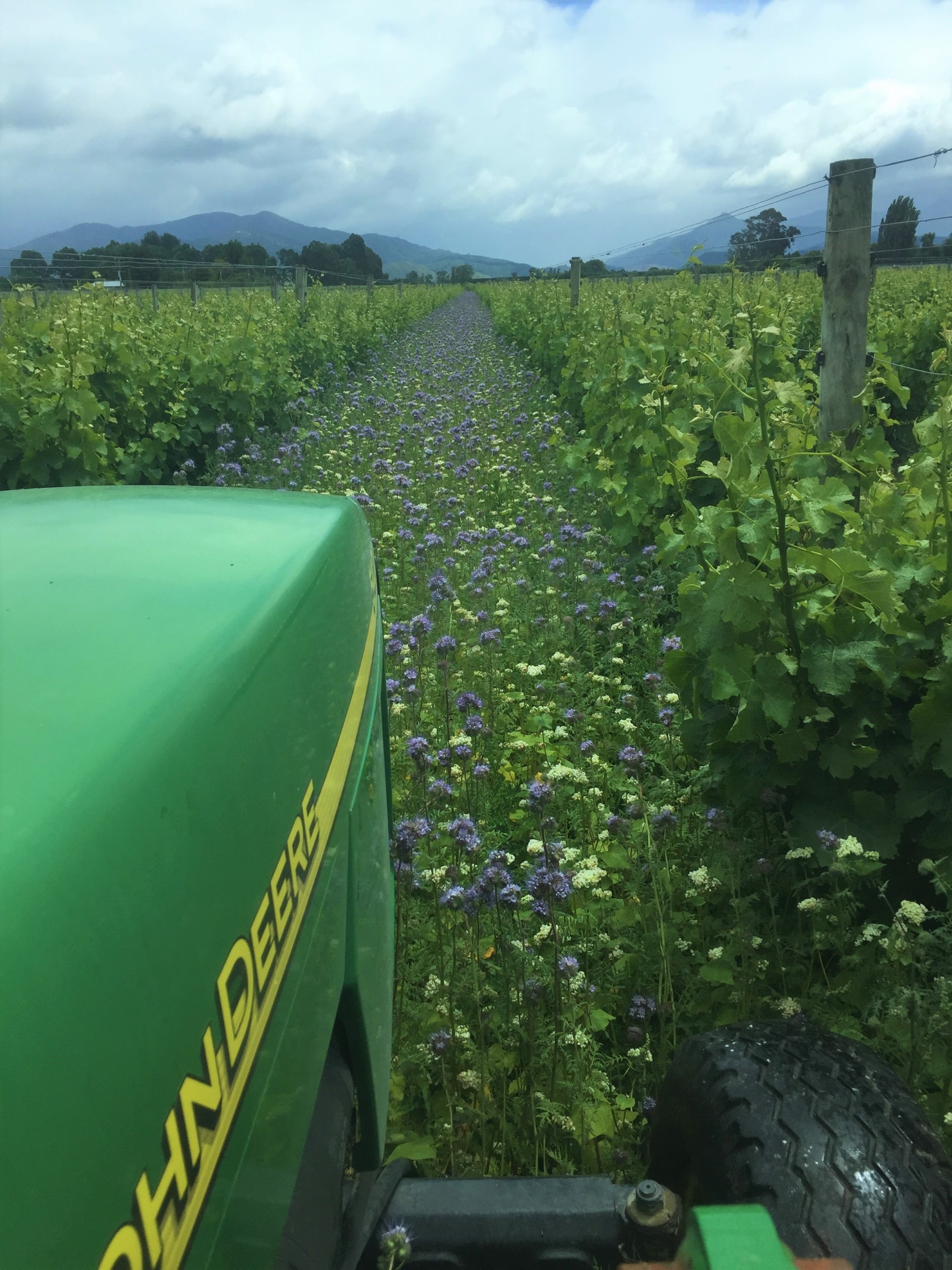A key point of difference about the A Lighter Touch programme is its collaborative nature, with investment and contribution of knowledge from three sectors – horticulture, arable and viticulture.
One of the reasons why this is important is not only the principle that you’ll achieve more by combining resources. It’s also about the benefits of sharing knowledge across different industries, albeit all with the common characteristic of being plant-based food producers.
The value of this shared knowledge is evident in the work the A Lighter Touch programme is doing around practical demonstrations of how to enhance biodiversity by growing selected plants that provide SNAP (shelter, nectar, alternative food sources, and pollen) for beneficial insects which will help control insect pests.
A Lighter Touch has projects focusing on this biological approach to crop protection with vegetable, citrus and summerfruit crops, and is leveraging the knowledge gained in one crop to apply to others. For many crops, beneficial planting is also a key aspect of integrated pest management programmes which are integral to crop protection using a biological approach.
The viticulture sector, which partners in the A Lighter Touch programme through their research centre, Bragato Research Institute, is well advanced in this particular use of biocontrol. It has been utilising mid-row planting of beneficial cover crops for many years. These techniques have been adopted by organic and conventional growers for a variety of benefits, including encouraging beneficial insects to help control insect pests, weed management, building up organic matter in soil and fixing nitrogen.

The viticulture sector has a range of resources available on the use of beneficial planting. Credit: Chris Ireland.
A good example is management of the light brown apple month. Once a vineyard pest that was routinely managed with agrichemical sprays, it is now largely controlled through mid-row planting of beneficial cover crops such as buckwheat and phaecelia. The flowering cover crops attract and provide enough food and shelter for sufficient numbers of parasitic wasps to keep the light brown apple moth under control, with little or no use of sprays.
The viticulture sector has produced a range of resources around the use of beneficial planting, many of which are available online for growers in their industry, and in other sectors to learn from. These include video content and fact sheets produced by Bragato about the use of cover crops as a herbicide alternative, how to guides created by Organic Winegrowers New Zealand, and a series of educative videos produced by Quorum Sense in conjunction with Bragato. Lincoln University has also published research on the benefits of biodiverse planting in the viticulture sector.
As the A Lighter Touch programme is demonstrating, sectors have much to gain by sharing knowledge, and learning from each other’s experiences.